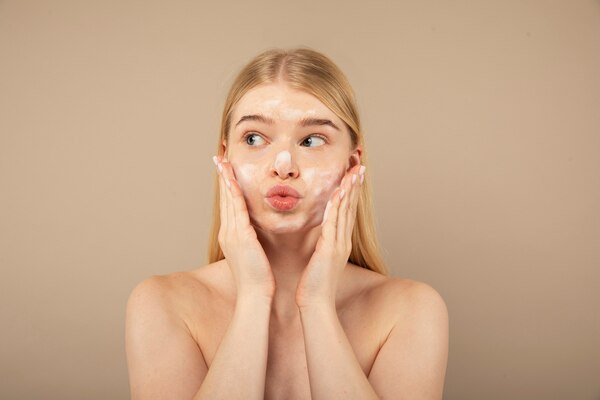The Science of Beauty: How Products Interact with your Skin

Beauty industry has always been driven by innovation and the constant quest for the most effective products. However, understanding the science behind how beauty products interact with our skin is essential for making informed choices and achieving the best results. From cleansers and moisturizers to serums and sunscreens, each product undergoes complex interactions with the skin, influenced by its unique composition and properties.
One of the key factors in the interaction between beauty products and our skin is the skin's barrier function. The skin barrier, primarily made up of lipids, plays a crucial role in protecting the skin from environmental stressors and preventing water loss. Good skincare products should complement and support the skin's barrier function, rather than disrupt it. Ingredients like ceramides, fatty acids, and cholesterol are essential for maintaining the skin barrier's integrity, helping to keep the skin hydrated and healthy.
Another important aspect of product interaction with the skin is the delivery of active ingredients. Many beauty products contain active compounds that are designed to target specific skin concerns, such as aging, pigmentation, or acne. The effectiveness of these ingredients relies on their ability to penetrate the skin barrier and reach the targeted skin layers. Different delivery systems, such as liposomes, nanoparticles, and micelles, are utilized to enhance the penetration and stability of these active ingredients, ensuring they can exert their beneficial effects.
Furthermore, the pH of skincare products is a critical factor in their interaction with the skin. The skin's natural pH is slightly acidic, typically ranging between 4.5 and 5.5, which is important for maintaining the skin barrier and preventing the growth of harmful microorganisms. Therefore, using products with a pH level that is compatible with the skin's natural acidity is crucial for avoiding irritation and maintaining a healthy skin environment.
Understanding the science behind how beauty products interact with the skin also involves recognizing the diversity of individual skin types and conditions. Different skin types, such as dry, oily, sensitive, or combination skin, may react differently to the same product. Moreover, factors such as age, hormonal changes, and environmental influences can all impact the skin's behavior and response to beauty products.
In conclusion, the science of beauty encompasses a complex interplay between skincare products and the skin. To make informed choices and achieve the best results, it is essential to consider how products interact with the skin's barrier function, deliver active ingredients, and maintain the skin's natural pH. Additionally, understanding individual skin types and conditions is crucial for tailoring skincare routines to meet specific needs. By embracing the science behind skincare, we can make more informed decisions and optimize the benefits of beauty products for healthier, more radiant skin.